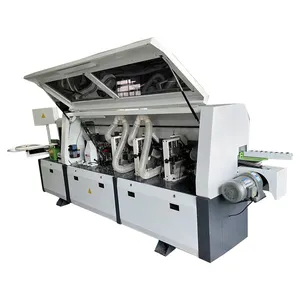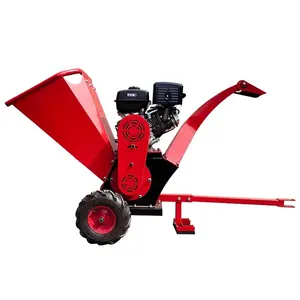Popular in your industry














































































































































































































Top categories
About cider tanks
Cider tanks are essential for the fermentation process of cider, a popular beverage made from fermented apple juice. These tanks are designed to provide the ideal conditions for yeast to convert the sugars in the apple juice into alcohol and carbon dioxide. A standard cider tank is made of stainless steel and features various components like cooling jackets, racking arms, and manways. They come in different sizes and types, with each catering to specific production needs and preferences. These tanks play a crucial role in the cider-making process, offering scalability, efficiency, and control over the fermentation process.
Types of cider tanks
The most common cider tanks include cider fermentation tanks and brite tanks. Cider fermentation tanks are specifically designed for the primary fermentation of cider, where yeast converts the sugars in apple juice into alcohol and carbon dioxide. They typically have a conical bottom to facilitate yeast sedimentation and are equipped with cooling jackets to control fermentation temperatures. Brite tanks, also known as conditioning tanks, are used for the secondary fermentation and conditioning of cider after the primary fermentation is complete. They are often pressurized and can be used for carbonation and clarifying the cider before packaging.
The fermentation tanks are mainly composed of stainless steel and can be designed in various configurations, including cylindrical, conical, or a combination of both (cylindrical-conical tanks). The choice of tank configuration often depends on the specific fermentation process and the desired level of yeast sedimentation. Additionally, fermentation tanks may feature insulation or cooling jackets to regulate fermentation temperatures, ensuring optimal yeast activity and flavor development. Some tanks are also equipped with automated temperature control systems to precisely manage the fermentation process. In contrast, others may have manual temperature monitoring and adjustment options.
How to use cider tanks
Using a cider tank involves several steps to ensure a successful and controlled fermentation process. Firstly, the tank needs to be properly cleaned and sanitized to create a hygienic environment for the fermentation. After sanitization, the tank is filled with apple juice, which may include additives such as yeast nutrients or sulfites. The yeast is then added to the juice, initiating the fermentation process. Throughout fermentation, the tank's temperature is monitored and controlled, ensuring the yeast works within the optimal temperature range. Additionally, the tank may be equipped with a racking arm used to transfer the cider to another vessel for further aging or clarification.
The benefits of using cider tanks
Utilizing cider fermentation tanks has several advantages, including precise temperature control, scalability, and the ability to customize the fermentation process. These tanks are equipped with cooling jackets and temperature control systems, allowing producers to maintain consistent and optimal fermentation temperatures. This control is crucial for yeast health, flavor development, and the overall quality of the cider. Moreover, cider tanks come in various sizes, offering scalability to meet the production demands of small craft cideries or larger commercial operations. The customizable features of red tank cider provide flexibility in experimenting with different fermentation techniques and styles, contributing to the diverse range of ciders available in the market. The use of cider tanks ultimately enhances the efficiency, quality, and creative possibilities in the cider-making process.


















































